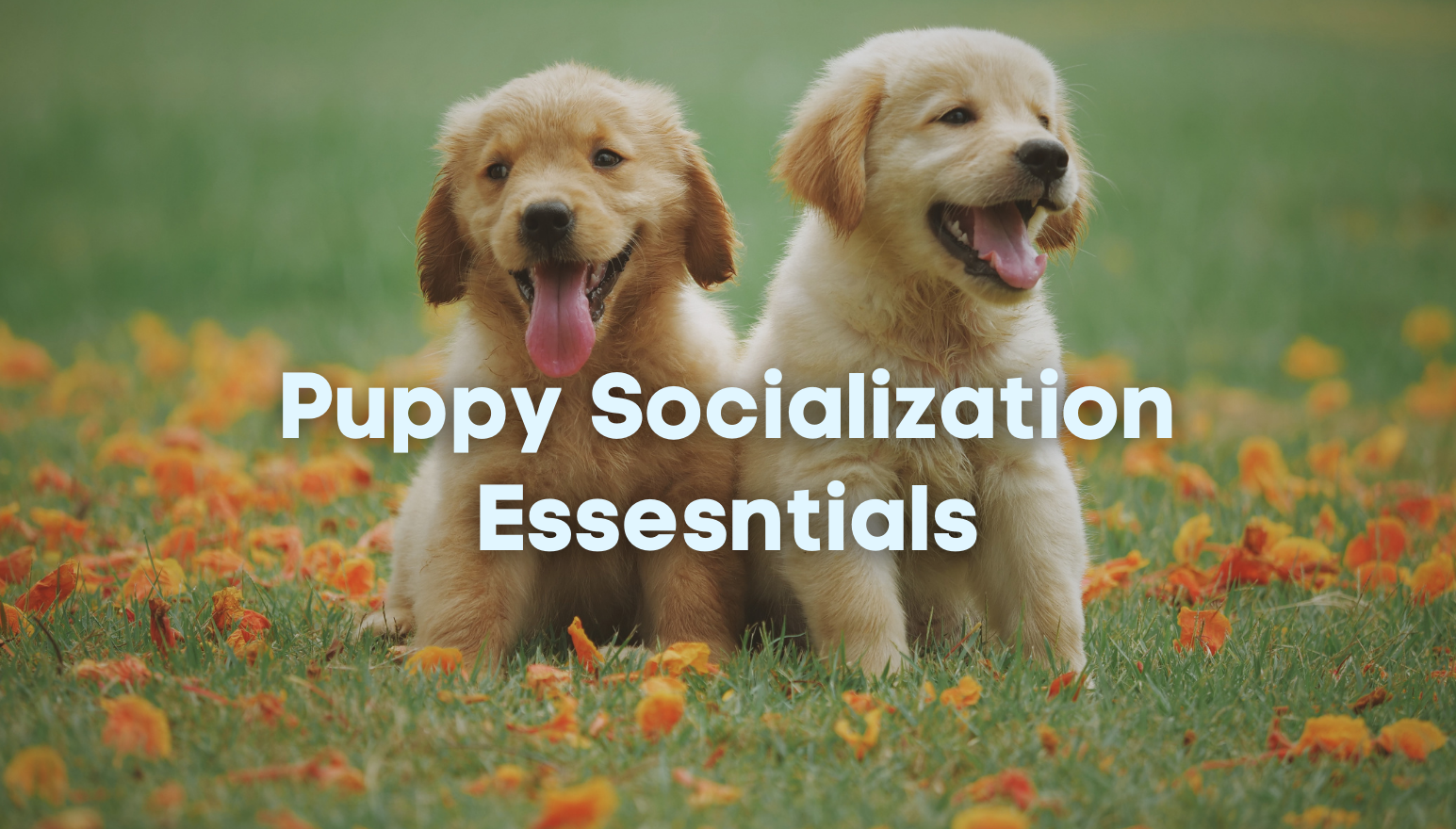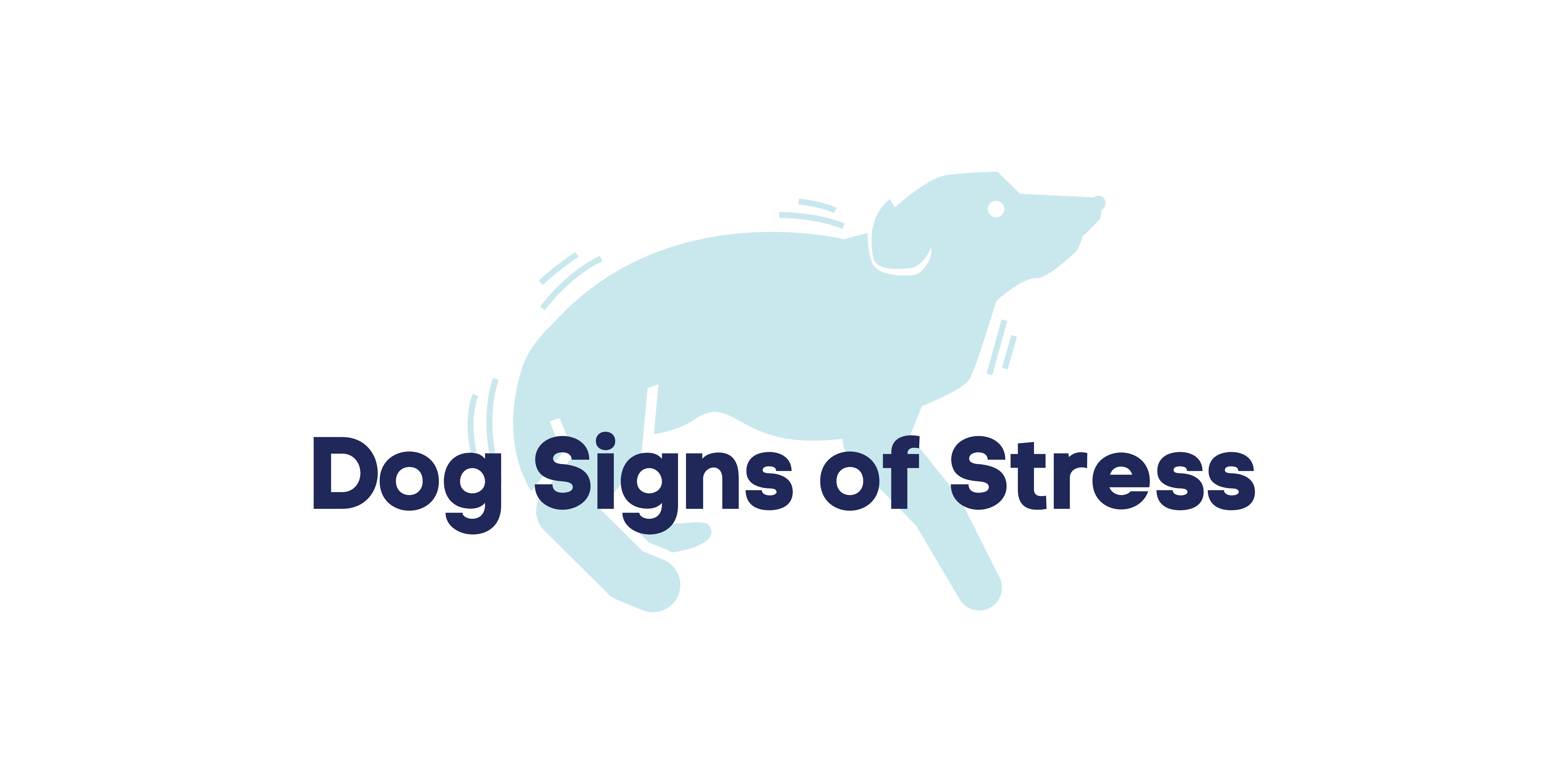Another forward thinking blog by Pam Hogle.

How does it differ from other approaches to dog training?
- It encourages dogs to think and solve problems. Often, there is not a single correct response to a cue. Dogs can learn a basic cue and match it with a concept, say, retrieve. Then the cognitive dog will learn to retrieve a large variety of items. She’ll learn to find them and retrieve them from lots of places — on a table or counter, under a sofa, from a backpack or refrigerator, etc. She’ll learn to get items by name — a pen, a medicine bottle, a beer. She’ll learn to follow verbal cues, a laser pointer, or a hand signal. But it’s all based on the concept of getting an item and bringing it to the human.
- It’s (duh) positive. Mistakes are not punished. Success is amply rewarded with things that she finds rewarding. It’s fun. The dog gets to stop when she’s tired or it’s no longer fun for her.
- It’s not about doing what the human tells the dog to do. That is, it is not about obedience. It is about shared goals. The dog has to buy into the goal. If not, she’s not having fun.
I started thinking about this when I was training service dog puppies. My goal was for the dogs to want to help the person they’d be partnered with; I wanted to avoid coercion at all costs. I figured that if a dog doesn’t buy into the goals, she should not be a service dog. Plenty of dogs love being with their humans 24×7, helping them out and being a necessary and beloved life partner. For dogs who just want to chase tennis balls or who are better suited for different careers, well, we shouldn’t force them into a life of service.
I’ve written before about giving dogs choices (here, for example). That is a key element in treating dogs as partners and students, rather than as automatons who must obey. Teaching dogs in this way does require being less ego-involved than many dog s and old-style trainers. It absolutely requires letting go of ideas like dogs have to do what people say because we’re in charge, or that humans have to be the “alpha” — or even that dogs serve us out of unconditional love. That insults their intelligence and independence.




